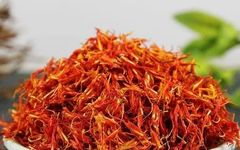
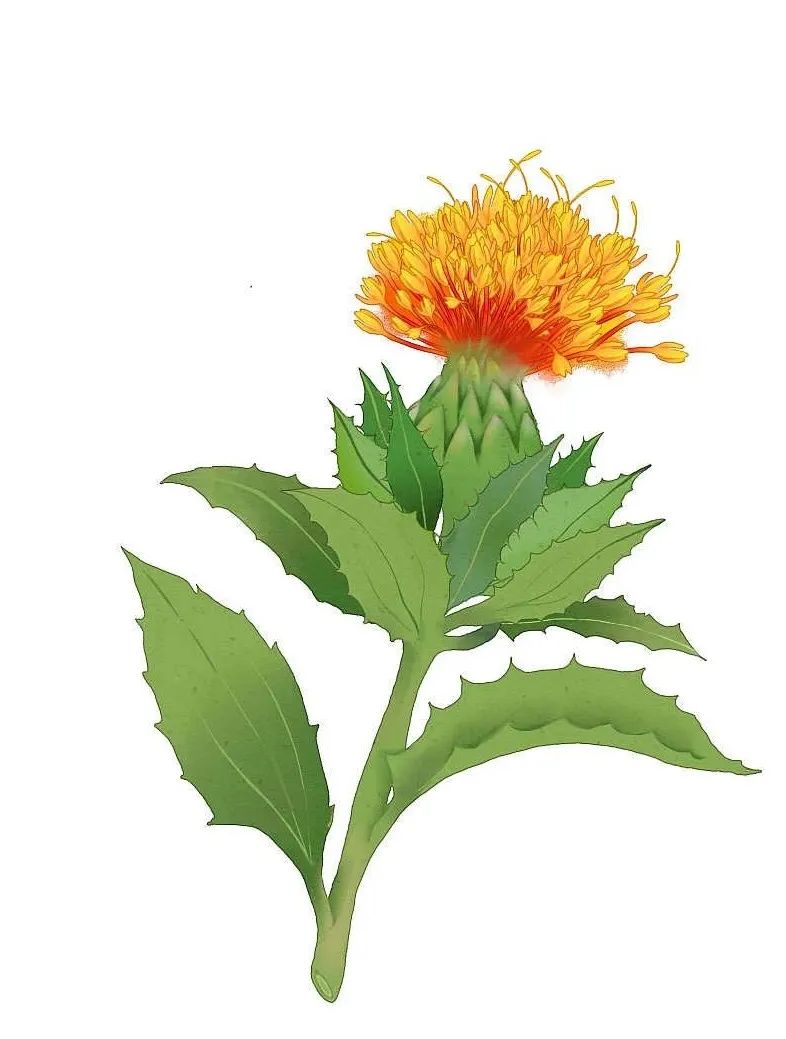
Health Treasure: “Red Gold”
Traditional Chinese Medicine Popular Science
|
——Huanghua (Safflower) |
Safflower is the dried flower of the plant Carthamus tinctorius, belonging to the Asteraceae family. The flowers are tubular and measure 1-2 cm in length, with a surface that is yellow-red or red. The corolla tube is elongated and has five lobes at the tip, with the lobes being narrow and 5-8 mm long; there are five stamens, and the anthers are fused into a tubular shape, yellowish-white; the stigma is long and cylindrical with a slightly bifurcated tip. The texture is soft, with a faint fragrance and a slightly bitter taste. It is cultivated widely across the country, primarily in Henan, Hubei, Sichuan, Yunnan, and Zhejiang provinces. The flowers are harvested in summer when they change from yellow to bright red. They are dried in the shade or with gentle heat.
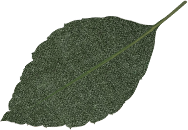
Applications, Efficacy, and Contraindications
【Properties】 Spicy, warm. Enters the Heart and Liver meridians.
【Efficacy】 Activates blood circulation, regulates menstruation, disperses blood stasis, and alleviates pain.
【Applications】
1. Blood stasis with amenorrhea, dysmenorrhea, and postpartum abdominal pain due to blood stasis Safflower is a key herb for activating blood and dispelling stasis, commonly used in gynecology for blood stasis syndromes. It is often combined with Dang Gui (Angelica sinensis), Chuan Xiong (Ligusticum chuanxiong), and Tao Ren (Peach kernel) for treatment. For dysmenorrhea, it can be used alone, as in the “Jin Gui Yao Lue” with safflower wine; it can also be combined with Chi Shao (Red Peony), Yan Hu Suo (Corydalis), and Xiang Fu (Cyperus) to regulate Qi and activate blood to relieve pain. For amenorrhea, it can be combined with Dang Gui, Chi Shao, and Tao Ren, as in the “Tao Hong Si Wu Decoction” from the “Yi Zong Jin Jian”; for postpartum abdominal pain due to blood stasis, it can be combined with He Ye (Lotus Leaf), Pu Huang (Cattail Pollen), and Mu Dan Pi (Moutan Root), as in the “Huang Hua San” from the “Huo Fa Ji Yao”.
2. Abdominal masses and accumulations This herb can activate blood circulation, regulate menstruation, dispel stasis, and can be used to treat abdominal masses, often combined with San Leng (Sparganium) and E Zhu (Curcuma zedoaria).
3. Chest obstruction, heart pain, abdominal pain due to blood stasis, and flank pain This herb can activate blood circulation, regulate menstruation, dispel stasis, and alleviate pain, effectively treating pain due to blood stasis in the chest and abdomen. For chest obstruction and heart pain, it is often combined with Gui Zhi (Cinnamon Twig), Gua Lou (Trichosanthes), and Dan Shen (Salvia miltiorrhiza); for abdominal pain due to stasis, it is commonly used with Tao Ren, Chuan Xiong, and Niu Xi (Achyranthes), as in the “Xue Fu Zhu Yu Decoction” from the “Yi Lin Gai Cuo”; for stabbing pain in the flanks, it can be combined with Tao Ren, Chai Hu (Bupleurum), and Da Huang (Rhubarb), as in the “Fu Yuan Huo Xue Decoction” from the “Yi Xue Fa Ming”.
4. Trauma and swelling pain due to stasis This herb is effective in promoting blood circulation and alleviating swelling and pain, making it a key herb for treating trauma and swelling pain due to stasis, often combined with Mu Xiang (Aucklandia), Su Mu (Sappan Wood), Ru Xiang (Frankincense), and Mo Yao (Myrrh); it can also be made into safflower oil or tincture for topical application.
5. Dark-colored rashes due to stasis This herb can activate blood circulation and disperse stasis to resolve rashes, and can be used for dark-colored rashes due to stasis-heat, often combined with cooling blood-clearing herbs like Zi Cao (Lithospermum) and Da Qing Ye (Isatis Leaf), as in the “Dang Gui Hong Hua Drink” from the “Ma Ke Huo Ren Shu”.
Additionally, safflower can be used for lactation suppression, headache due to stasis, dizziness, stroke sequelae, throat obstruction, and red, swollen eyes.
【Dosage】 Decoction: 3-10g. For external use: appropriate amount.
【Precautions】 When taking safflower, it should be used under medical advice; it is contraindicated during pregnancy and menstruation.
Safflower Dietary Recipes
01 Safflower and Codonopsis Stewed Duck | Nourishes Yin, Clears Heat, Activates Blood, and Moistens Dryness
One old duck, appropriate amount of Codonopsis, a small amount of safflower, ginger, scallions, and cooking wine. Blanch the duck, place it in a clay pot, add cold water, ginger, scallions, and cooking wine, bring to a boil over high heat, then simmer for 1 hour. Add Codonopsis and safflower, and stew for another 30 minutes. Season with salt to taste.
In the early stages of fractures and injuries, symptoms include meridian damage, blood stasis, Qi stagnation, and water retention leading to pain, swelling of the affected limb, constipation, and poor appetite. This recipe is recommended for activating blood circulation, promoting Qi, reducing swelling, and diuresis.
02 Red Bean and Safflower Drink | Activates Blood, Promotes Qi, Reduces Swelling, and Diuresis
Appropriate amount of red beans and a small amount of safflower. First, cook the red beans in water until soft, then add safflower and decoct to extract the juice. Sweeten with brown sugar if desired.
03 Safflower Drink | For Trauma Swelling and Muscle Strain
Take a small amount of safflower, place it in a teapot, and brew with boiling water to drink as tea.
Additionally, soaking feet in safflower water can improve varicose veins, relieve numbness in hands and feet, and activate blood circulation to dispel stasis.
★ It is recommended to use under the guidance of a TCM practitioner or herbalist.
The Legend of Safflower
In the Song Dynasty, Gu Wenjian recorded in “Chuan Chuang Ye Hua” that a woman surnamed Xu from Xinchang fell critically ill after childbirth. Her family invited the famous doctor Lu Riyang to treat her. When he arrived, the patient was on the verge of death, with only a slight warmth in her chest. After examining her, Lu Riyang thought for a long time and said, “This is a case of blood stasis disease; quickly buy several tens of pounds of safflower to be effective.”
He boiled the safflower in a large pot, and after it boiled, poured it into three wooden barrels. He placed a window frame over the barrels and had the patient lie on it to be fumigated by the medicinal vapor. After the decoction cooled, he reheated it and poured it back into the barrels, repeating this process. After a while, the patient’s stiff fingers began to move, and after half a day, she gradually regained consciousness and escaped danger, for which her family was immensely grateful. Someone asked Lu Riyang why this medicine was so effective. He replied, “It is because safflower activates blood circulation.”
A poem by Li Zhongzan from the Tang Dynasty states:
Safflower’s color outshines a thousand flowers,
Even if it is dyed with the blood of a gorilla.
Dyeing light silk is not precious,
Ancient people valued frugality and shunned extravagance.
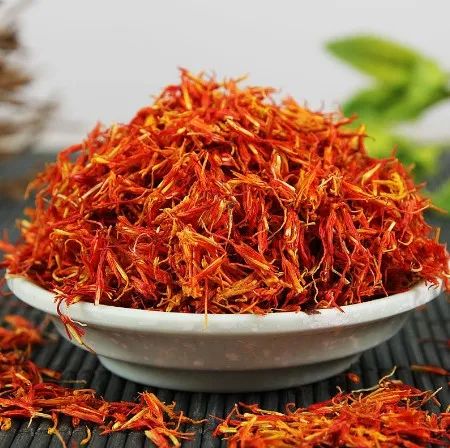 |
 ENDProfessional Review | Xiao Zhiyong, Deputy Chief HerbalistImages and Text | Zhong LanhuaEditor | Zhong LanhuaProofreader | Shen XiaoxianReview and Release | Li Houpiao
ENDProfessional Review | Xiao Zhiyong, Deputy Chief HerbalistImages and Text | Zhong LanhuaEditor | Zhong LanhuaProofreader | Shen XiaoxianReview and Release | Li Houpiao
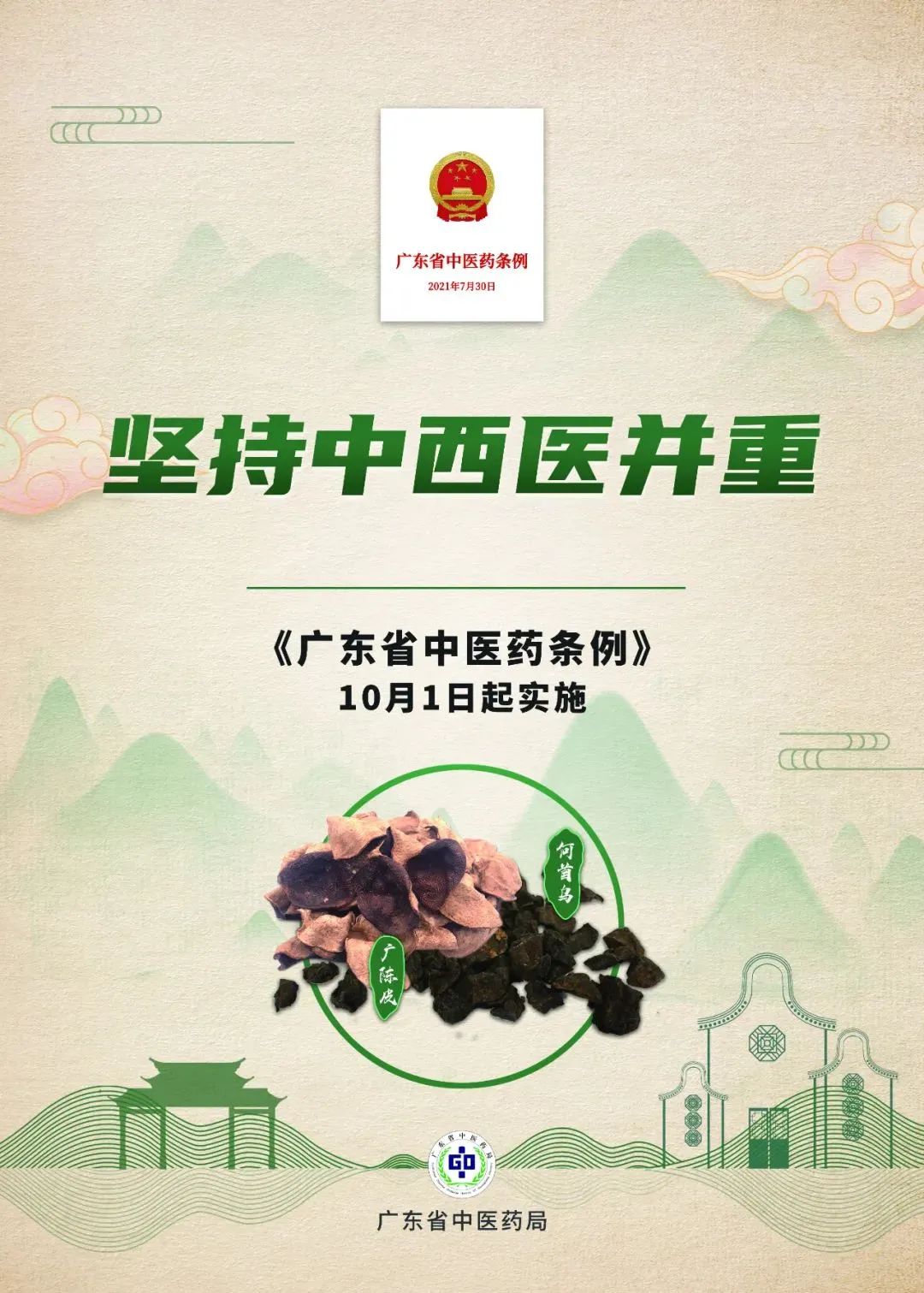
Guarding HealthWith You AlwaysScan to Make an Appointment
 仁爱 和致 精勤 诚谨
仁爱 和致 精勤 诚谨

